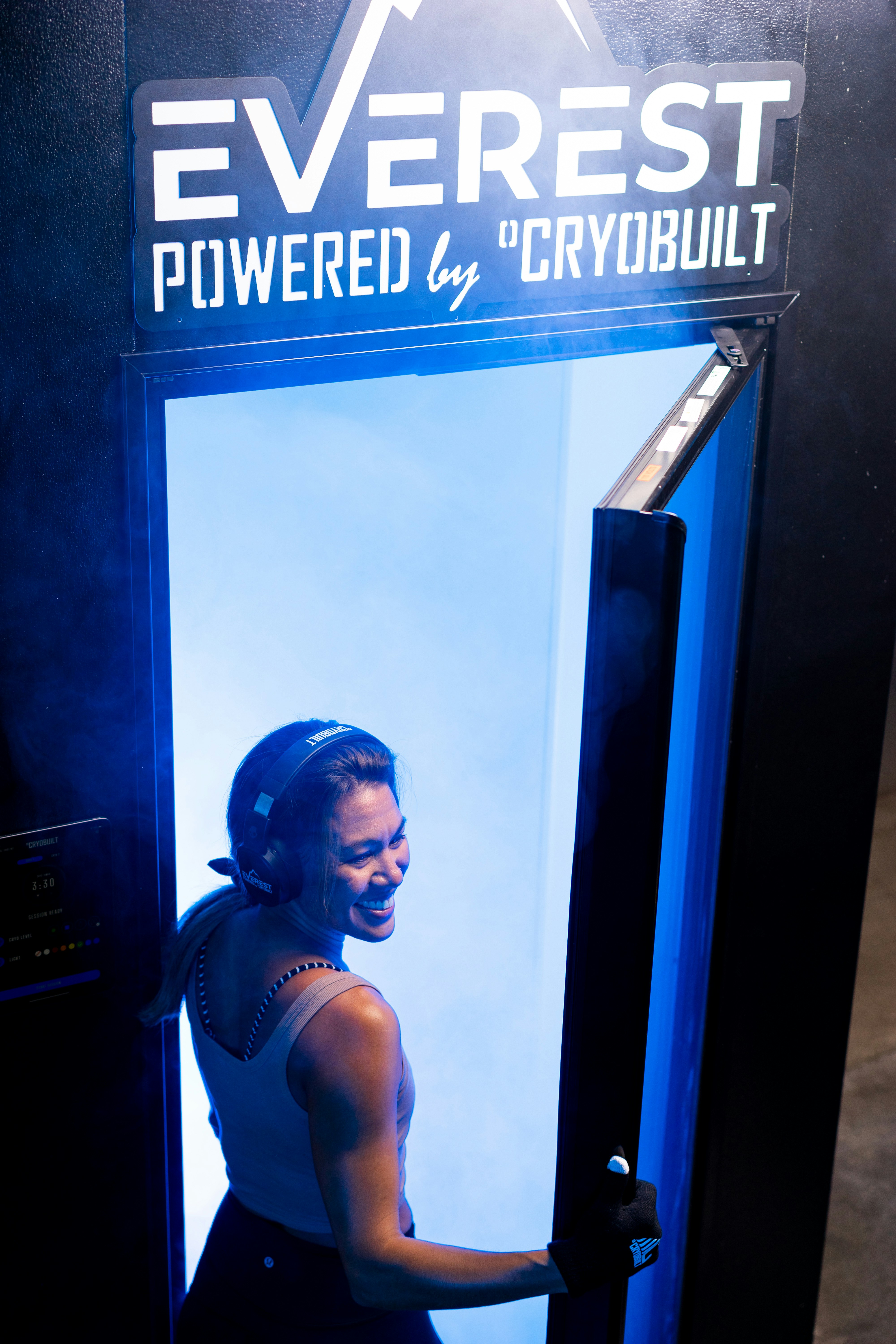Have you ever wondered why some people swear by taking a leap into icy water for their health? It’s more than just a brave act or a quick adrenaline rush—this practice, known as cold plunging, has intriguing scientific underpinnings, particularly when it comes to neurological repair. If you’re curious about the potential benefits waiting beneath that chilly surface, let’s unravel the science of cold plunging together and see what wisdom these frigid depths hold.
Understanding Cold Plunging
What is Cold Plunging?
Cold plunging, often associated with immersing oneself in icy water, usually around 50 degrees Fahrenheit or below, is a form of hydrotherapy. It’s not just any dip in the pool; it’s a deliberate and therapeutic practice. The surge of cold is invigorating, and while it might sound a bit unorthodox, it’s rooted in centuries of tradition. This approach to wellness harnesses the body’s natural response to cold temperatures, triggering a cascade of physiological reactions.
Historical Context
This practice is not as modern as you might think. Cold immersion therapy has roots stretching back to ancient civilizations. From the ancient Greeks, who praised the benefits of cold baths, to the Nordic cultures famous for their sauna and icy lake rituals, humans have long believed in the healing properties of cold water. Historical records reveal that cold plunging was used for its supposed stimulant and restorative properties long before medical science began to explore its full potential.
Why People Do It
People may take the plunge for various reasons—some seek an energy boost, others look to enhance recovery post-exercise, and yet others are drawn by the reported neurological benefits. The sensations can be electrifying, the experience exhilarating, often leaving individuals with a heightened sense of alertness and clarity. But beyond the immediate invigorating effects, individuals delve into cold plunging for its long-term benefits on physical and mental health, hoping to tap into its potential for neural recovery.
The Neurological Impact of Cold Plunging
The process involves more than just a simple shock to the system. The interplay between cold immersion and your brain may be deeper than you’d expect.
Activation of the Sympathetic Nervous System
As you might already know, the immediate response to cold water immersion is the activation of the sympathetic nervous system. This is part of your body’s natural “fight or flight” response. When you expose yourself to cold, your nervous system springs into action, increasing levels of adrenaline and norepinephrine. These chemicals not only make you feel more alert and awake but also trigger a biological cocktail that could have longer-lasting effects on your brain’s health.
Release of Neurotransmitters
Cold plunging can help stimulate the release of vital neurotransmitters. Neurotransmitters like dopamine and norepinephrine, which play crucial roles in mood regulation, attention, and focus, get a boost during these chilly escapades. The surge of these chemicals contributes to improved cognitive functions and potentially aids in alleviating symptoms of depression and other mood disorders.
Reduction of Neuroinflammation
Another significant benefit is the reduction in neuroinflammation. Chronic inflammation in the brain is linked to several neurological disorders. Evidence suggests that cold plunging may help decrease this inflammation. The process may reduce pro-inflammatory cytokines, which are proteins linked to inflammatory responses in the body, creating a less hostile environment for brain repair and regeneration.
Cold Plunging and Brain-Derived Neurotrophic Factor (BDNF)
BDNF, a vital protein in your brain’s toolbox, plays a pivotal role in maintaining healthy neurons and facilitating neuroplasticity—the central nervous system’s capacity to adapt and reorganize. Interestingly, cold plunging may encourage the production of this critical protein.
The Role of BDNF
BDNF is essential for learning, memory, and overall cognitive function. With its supportive role in neuron survival and growth, BDNF stands as a cornerstone in neurogenesis—the process of forming new neurons. The potential increase in BDNF from cold plunging could theoretically support the brain’s ability to repair and rebuild itself.
How Cold Plunging Affects BDNF Levels
Emerging research points towards cold immersion activities likely enhancing BDNF production. Although the precise mechanisms are still unknown, the surge in norepinephrine following cold exposure is thought to facilitate higher levels of BDNF. This biochemical boost might provide an innovative means to foster brain health and combat degenerative conditions.
Physical and Psychological Benefits of Cold Plunging
Cold plunging might be chilling, but it’s a comprehensive wellness strategy benefiting both body and mind.
Boosted Immune Function
There are indications that regular cold plunging can fortify your immune system. By triggering the body’s defense mechanisms, cold exposure might increase the presence of white blood cells, offering a barrier against illnesses. This stimulation of the immune response paves the way for not just a resilient brain, but also a resilient body.
Enhanced Mood and Mental Clarity
Mental clarity and mood enhancement are among the most commonly reported benefits. The immediate jolt of cold offers a natural pick-me-up, attributed mainly to increased levels of endorphins and the aforementioned neurotransmitters. Regular practitioners report feeling invigorated and more mentally agile.
Pain Management and Recovery
Cold temperatures serve as a natural analgesic. The reduced inflammation post-cold exposure can play a vital role in alleviating muscle soreness and speeding up recovery. This aspect makes it particularly appealing for athletes and those pursuing active rehabilitation efforts.
Step-by-Step Guide to Safe Cold Plunging
If you’re intrigued and considering it as part of your wellness routine, here are some suggestions to ensure you do it safely.
Preparation
Start with preparation to ensure a smooth experience:
- Consult Your Doctor: Always check with your healthcare provider, especially if you have underlying health conditions.
- Set the Right Environment: Ensure the area is safe and have someone nearby the first few times.
- Start Warm: Gradual exposure is key; consider starting with less extreme forms such as a cold shower.
The Process
When ready to plunge:
- Control Your Breathing: Deep breathing can help manage the initial shock.
- Time Your Exposure: Start with brief exposures—30 seconds to a minute—and gradually increase as you adapt.
- Listen to Your Body: If you feel excessive discomfort, it’s okay to step out.
Aftercare
Proper care post-plunge is crucial:
- Warm Up Gradually: Use a blanket or warm clothes instead of plunging immediately into hot water.
- Hydrate: Drinking water helps maintain balance in your internal environment.
- Reflect and Adjust: Observe how you feel and adjust your practice accordingly. Everyone’s cold tolerance is different.
Scientific Research and Studies on Cold Plunging
The scientific community continues to explore cold plunging, contributing to a growing body of research aimed at understanding its full implications.
Key Studies
- Norepinephrine and Anti-inflammatory Effects: Studies have shown that cold exposure significantly increases norepinephrine concentration by 200-300%, supporting anti-inflammatory benefits.
- Cognitive Enhancements: Research suggests increased neurotransmitter activity can positively impact mood and cognitive functions.
- BDNF Increases: Preliminary findings indicate that cold exposure might augment BDNF levels, potentially benefiting neuroplasticity and cognitive health.
Future Research
While current studies are promising, further research is necessary to fully comprehend the long-term neurological impacts of cold plunging. Ongoing investigations aim to clarify the exact biochemical mechanisms at play and establish guidelines for maximizing benefits safely.

Practical Applications and Considerations
If you’re contemplating incorporating cold plunging into your life, consider these applications and thought points.
Regularity and Routine
Consistency is key. People who cold plunge regularly report more substantial benefits compared to occasional exposure. Making it a habit can be rewarding, but it’s essential to pace yourself and respect your limits.
Personalization
Understand that cold plunging isn’t a one-size-fits-all practice. Personal preferences and tolerated thresholds vary greatly. Some find morning plunges invigorating, while others use it as an evening detox routine.
Contraindications
Despite its benefits, cold plunging isn’t suitable for everyone. Those with cardiovascular issues or certain medical conditions should avoid cold immersion or approach it with caution, following medical advice.
Final Thoughts
The science of cold plunging reveals fascinating insights into how our bodies interact with extreme stimuli. The potential neurological benefits, from enhanced mood to cognitive support, offer an exciting glimpse into non-invasive, natural methods of fostering brain health. Aligning ancient wisdom with modern research, the practice holds promise for those seeking holistic approaches to well-being.
Remember, while the chilly depths may tempted, any incorporation into your wellness routine should be approached with care and consideration. Let your curiosity guide you but allow safety and awareness to keep you well-grounded.





